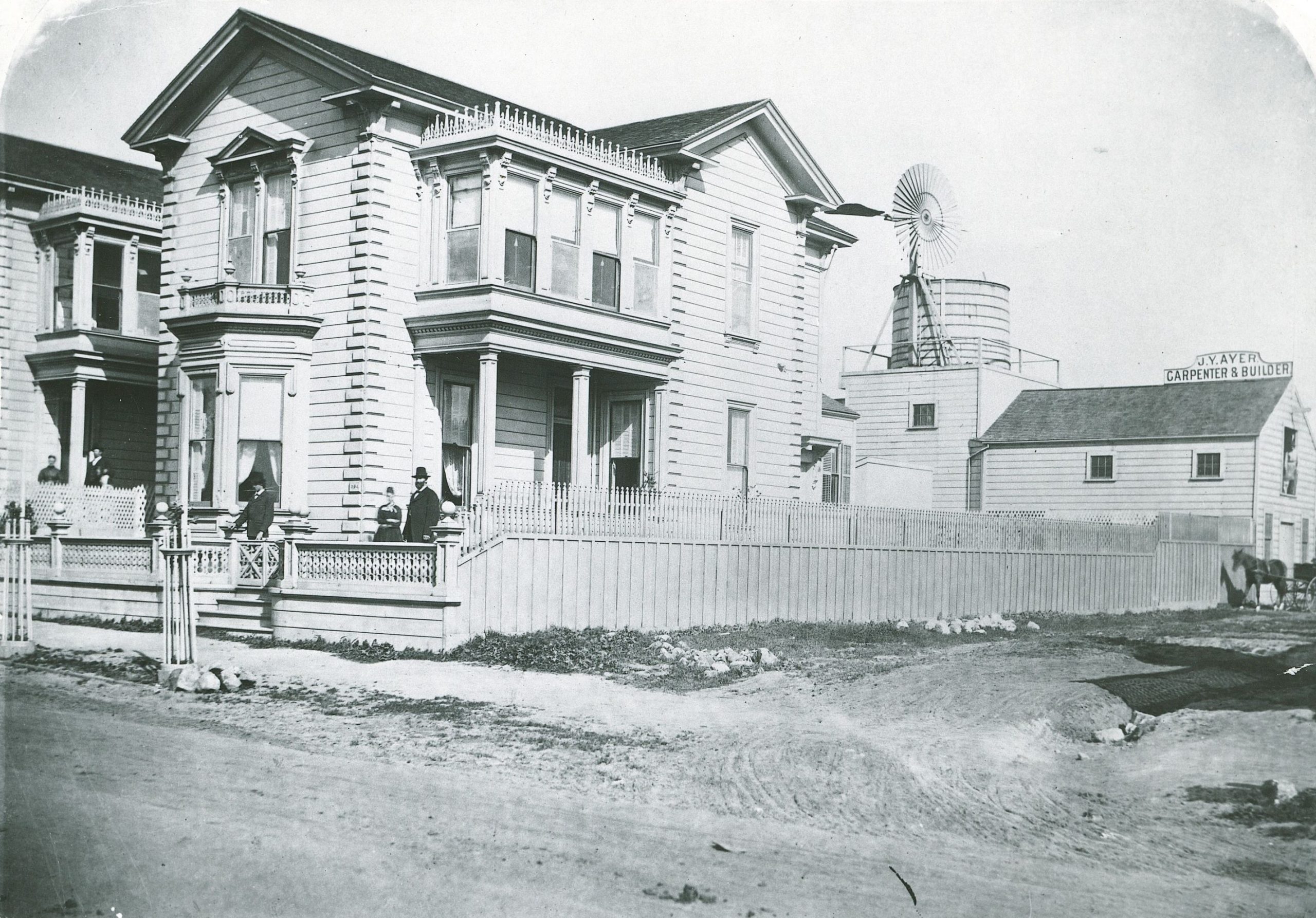Treasure boxes: Keeping valuables secure

In Wells Fargo’s first six decades in business, it provided two very important services to customers: banking and express. Express service meant shipping customers’ valuables using the fastest, most reliable means available. From 1852 to 1918, Wells Fargo shipped gold, silver, money, valuable goods, and important documents all over the world on steamships, trains, and stagecoaches. Until 1895, Wells Fargo also carried mail by letter express, and in the 1860s and 1870s often delivered more mail than the U.S. Postal Service in Western states and territories.
On stagecoaches and railroad cars, valuable express items sometimes traveled in iron safes, or more frequently, Wells Fargo’s signature wooden treasure boxes, which rode on a stagecoach beneath the driver’s feet. Wells Fargo’s agents on the route could add or remove express items for local business owners and customers. Each outgoing item was secured in the box and the item recorded and tracked on a paper waybill.

Wells Fargo’s green treasure boxes also held important news delivered by letter and protected customers’ property deeds, payments, and business contracts. Even photos and other family keepsakes and special gifts traveled in safety. Over time, the iconic Wells Fargo treasure box became a symbol of the company’s determination to deliver for customers.

Creating the treasure boxes
Maine-born master carpenter Joseph Y. Ayer began handcrafting Wells Fargo treasure boxes in his San Francisco shop in 1862, choosing heavy pine and oak for the boxes, and adding iron to reinforce the lid, sides, and corners. A heavy iron hasp closure allowed the box to be secured with an iron lock. After adding the signature forest green paint and “Wells Fargo & Co” lettering in white on the front of the box, Ayer added his own maker’s mark inside reading, “J.Y. Ayer 3740 Seventeenth Street, S.F. Cal.”


From his carpenter shop in San Francisco’s Mission neighborhood, Ayer also produced sturdy, large wooden trunks. These packing trunks held small packages shipped in railroad express cars. Wells Fargo’s messengers rode onboard, watching over the locked trunks and making sure that goods were delivered as promised. The trunks secured and consolidated small package shipments, and if additional goods were loaded, made it easier to move one full trunk than piles of parcels and packages. Packing trunks were 5 feet long and 3 feet high and deep, and built to withstand heavy use on long distance runs.

Ayer and his carpenter crews also repaired boxes, trunks, and other company equipment. His son, Joseph S. Ayer, assisted his father in running the family business. The elder Ayer, who also served as the Wells Fargo’s superintendent of office equipment, also outfitted interior furnishings of the company’s new offices throughout the Pacific Coast and Mexico, including new buildings in Sacramento, California, and Los Angeles in the 1890s.

Ayer’s shops narrowly missed being destroyed in the firestorm that burned into San Francisco’s Mission District following the great earthquake of 1906. Ayer died the following year, just as his skills were in greatest need for rebuilding of the city. Wells Fargo’s iconic treasure boxes are a tangible reminder of the multi-generational span of Wells Fargo’s history and its long legacy of security.
